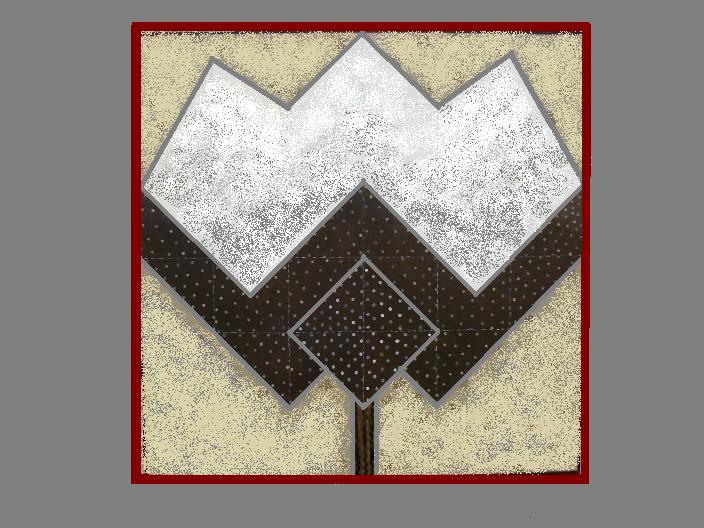 early farm equipment
early farm equipment
 early farm equipment
early farm equipment
(This Page is Under Construction)
|
Hay Rake donated by Kevin Gerber Hand Dump Hay Rake "Farmhand" Ryan is standing beside a hay rake. We don't often think that this piece of equipment was needed on a cotton farm, but back when Earl Magers began farming, he had oxen, mules, and horses. Hay was a necessity. Once the hay has been cut and is of the right moisture content, the easiest way to gather it is into piles with the hay rake. The hay rake is constructed with long curved tines that glide under the hay. The teeth raise high when dumping and will drop the entire quantity of hay gathered. Dump rakes were standardized by the 1890s and remained unchanged well into the 1950s. They are the easiest rakes to use.
Deering I H Hay Mower The hay mower is primarily a hay-making machine, but it can also be used for cutting weeds. It makes about 22.4 strokes per yard of ground passed over.
Walking Plows: top lft: Right Hand Plow; top rt:Double Plow; midl:Double Subsoil Walking Plow "They will scour in any soil and are especially adapted to the prairie land and black soil of the Central and Western States, and will do perfect work in trashy, loose land." Sears, Roebuck & Co. 1902 Catalogue
Subsoil Walking Plow (in front)
|
R. C. farmed approximately 277 acres, producing cotton, corn, and hay. The property was farmed until 1960 by the family. In 1990 the farm was sold to the State of Arkansas and became a part of the W. E. Brewer Scatter Creek Wildlife Management Area located in Greene County. Kevin is the grandson of R. C. Gerber.
Two Walking Harrows & A Subsoil Walking Plow In the center of this photo is a subsoil walking plow used for a deeper turnover of soil. The two implements on either side are examples of a spike-tooth harrow. The teeth that stir the soil resemble long spikes. This harrow is also known as a smoothing harrow. The use of the harrow is almost inseparable from that of the plow. While the plow breaks up the soil, it also compresses the soil to a certain extent by its wedge action. The harrow's principal use is to smooth and level the compressed masses of soil directly after plowing. It can also be used to cultivate corn and cotton and other row crops in the early stages of growth.
Side View of Walking Plows These are the same two walking plows as the photo to the left. The lower is the Double Plow; the top is the Right Hand Plow. "The most important of all farm implements, and perhaps the most important implement drawn by animals or steam known to mankind, is the plow." (Cyclopedia of American Agriculture)
(this space reserved for photo of:) John Deere Wooden Wagon with Iron Wheels donated by Kevin Gerber |
1943 Farmall H Series To Earl Magers, no other tractor was quite as good as a Farmall. We have a suspicion that he also liked the red color! We call this one "Betsy".
The Farmall H Series Manuel Donated by Charles Parrish, Sherwood, AR
1952 Super C Farmall The Super C was manufactured between 1951-1954. Originally owned by V. T. Walker of the Bay, Arkansas area, his son Ernie kept it in top condition through the years. It's home now is the Widner-Magers Farm. What should we name it? Any ideas?
Seed Cleaner & Bagger Constructed in the early 1950s on the bed of a vintage wooden wagon. Earl and Alice Magers brought their belongings to Arkansas on this wagon ca 1914. The equipment includes a scale, a seed cleaner, and a bagger. Burlap bags were used. The entire wagon was taken to the field during harvest where the soybeans were processed, bagged, and tagged.
|
Links to: dellarkansas.com The Dell History Website Curtis C. Duncan Photography Our Cotton Patch, LLC, Dell, Arkansas |
 For
questions, or to send information, contact: backatthefarm1938@yahoo.com For
questions, or to send information, contact: backatthefarm1938@yahoo.com |
We each have our place in time, and if we live right, we change that place and that time for the better. |
| MsCoAR USGen Web |